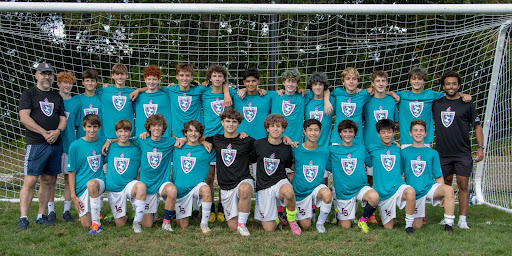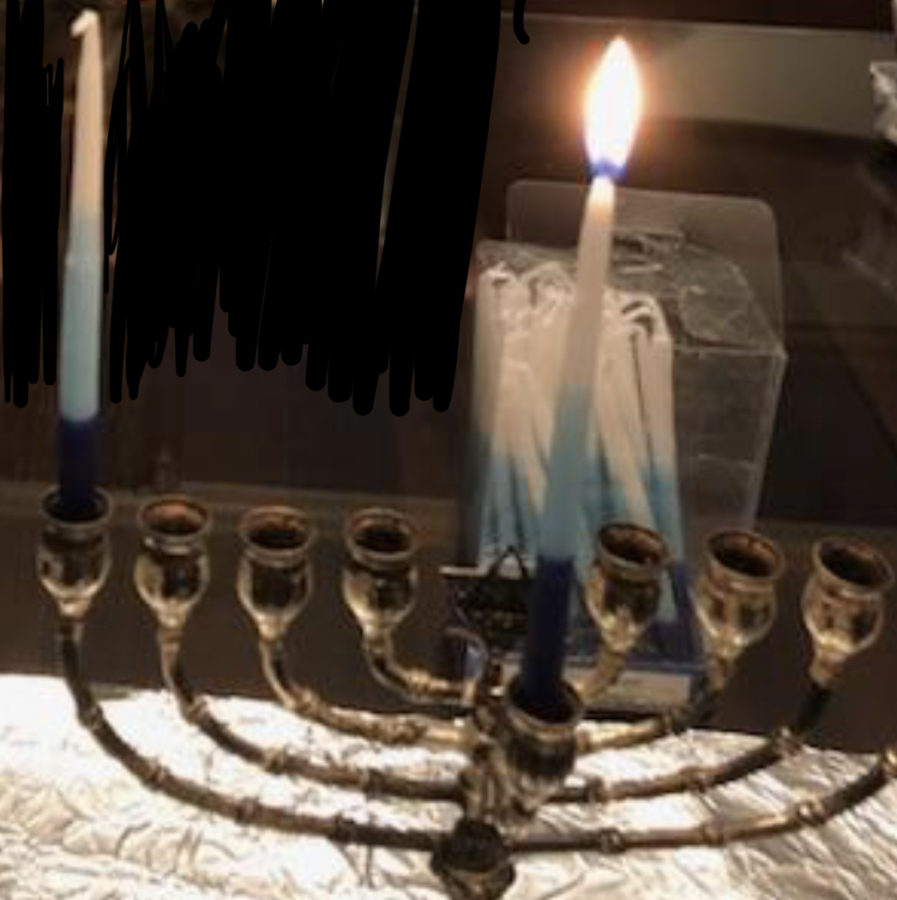The shooting of conservative activist Charlie Kirk on Wednesday, September 10, has brought the issue into the national spotlight. While Kirk was a controversial figure, many groups emphasized that no political disagreement justifies such attacks. In a rare bipartisan statement, the Rhode Island Young Democrats and Young Republicans wrote on Instagram: “The tragic death of Charlie Kirk is a painful reminder that political violence has no place in our society.”
Kirk’s shooting is one of several recent attacks highlighting the trend. In 2024, former President Donald Trump survived an attempted assassination. In June 2025, pro-Israel demonstrators in Colorado were targeted with Molotov cocktails. Just recently Minnesota lawmakers have also been victims of politically motivated shootings. These incidents suggest that political violence is increasingly part of the national landscape.
Experts cite multiple factors that may increase the likelihood of such events. Politico notes that political violence “becomes far more likely under four conditions: when democracy is declining rapidly, when societies are divided by race, religion or ethnicity, when political leaders tolerate or encourage violence, and when citizens have easy access to guns.” According to their report, the United States meets all four conditions. The Giffords Law Center adds that recent legal changes expanding Second Amendment protections may also contribute to the trend.
To understand how political violence is perceived and its impact on society, we spoke with Mr. Grace, a history teacher at LS who is widely known for teaching “World Crises.” He explained that public perception of violence often differs from reality because of media framing: “It certainly seems [like political violence is on the rise], but our ability to assess the threat posed by political violence is biased… So if we’re watching the news and there’s story after story of political violence, it’ll really feel like political violence is on the rise, et cetera.”
Mr. Grace also pointed out that partisanship in media creates conflicting narratives: “Conservative media outlets are tending to report that radical, liberal left leaning violence is increasing. And if you look at liberal leaning news outlets, they’ll tend to say that right meaning political violence is on the increase.”
Looking beyond perception, he noted historical patterns in the United States, stating that there have been “more incidents and more incidents of higher levels of violence from organizations on the right…as opposed to violence, perpetrated by people on the left.”
Citing government data, Mr. Grace emphasized the weight of the evidence: “Based on government and independent analyses, right wing extremist violence, has been responsible for the overwhelming majority of fatalities, amounting to approximately 75 to 80% of U.S. domestic terrorism deaths since 2001, Since 911.”
While these incidents often dominate national news, their effects reach into local communities as well. Students, educators, and families are increasingly confronted with images and discussions of violence in both political and school settings. Political violence, as a result, is becoming more normalized, shaping how communities perceive safety and public life.
Mr. Grace described how individuals rationalize violent acts when they feel the system is broken. He states: “What happens is a couple people on the streams go and do something extreme. And they justify their actions by saying, ‘Hey, look, look how corrupt this system is. Look how terrible it is. Look how unfair it is. I had no choice but to do violence.’”
He warned that this normalization opens dangerous doors: “Once it becomes permissible in people’s minds to do political violence, then it starts opening the door to say, ‘Well, if political violence was done to my team, then maybe it’s okay to do political violence to another team.’”
The role of social media, he added, cannot be ignored. “Social media is designed to give you more of the message that you seem to like. That doesn’t mean there are more incidents of it happening. It means that you got more stories of it happening because of the way social media is designed.” He went further, “I would really caution people against using social media outlets as a form or as a provider for their news content. It’s, in my opinion, just dangerous, frankly.”
From school shootings to attacks on political leaders, the United States has faced multiple instances of violence in recent years. These events raise urgent questions: how will society respond, can divisions be bridged, and what steps can reduce political violence while protecting democratic rights?
For Mr. Grace, the history of empires offers a sobering warning. “If you look for the patterns in history, and you look at the story arc of empires, what happens with every empire? Well, the last page of the book is always the same. The empire collapses, it falls apart. So it’s not a question of if for the US. It’s a question of when.”
He added that democracy, while powerful, is fragile. “Democracy only works because people take care of it. No. Democracy can be twisted so that…. the protections of democracy can be turned to become tools of destroying democracy.”
He explained the stakes of complacency: “Once people, once the regular folks become complacent and not involved, and they stop voting and they don’t follow what’s going on, and they don’t pay attention, well, that’s when terrible stuff happens.”
Asked how to break the cycle, he pointed back to participation. “Break the cycle by having measures to prevent people from moving up that scale. And that comes, it’s still as far as I’ve ever seen in history, the only way that it’s reconciled is when people actually have a chance to talk, actually have a chance to have their views heard and feel that the situation’s fair.”
Without that trust, he warned, violence follows: “If people start doubting elections, if people doubt the legal authority of courts, if people doubt the Democratic process… what happens? They lose faith, and they turn to violence.”
While answers remain uncertain, incidents like Kirk’s shooting serve as a reminder that political violence affects more than its immediate victims. It shapes the way Americans experience politics, safety, and community every day.



